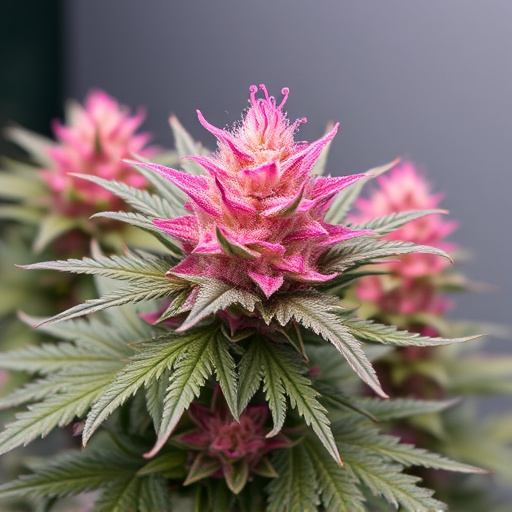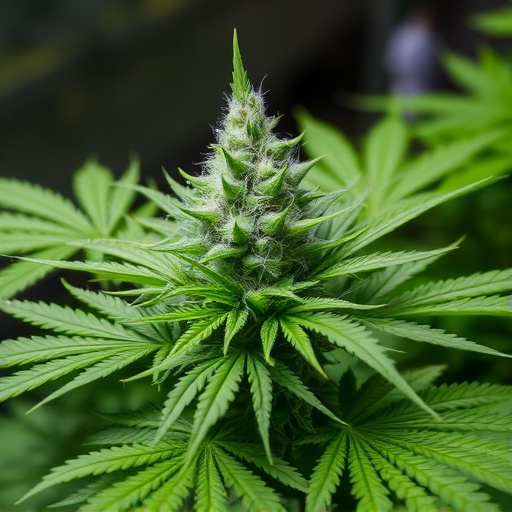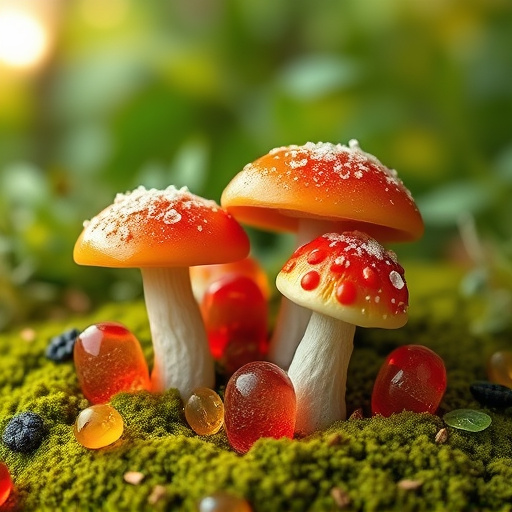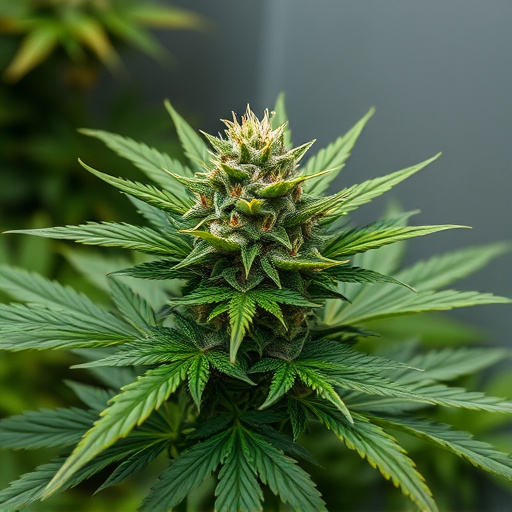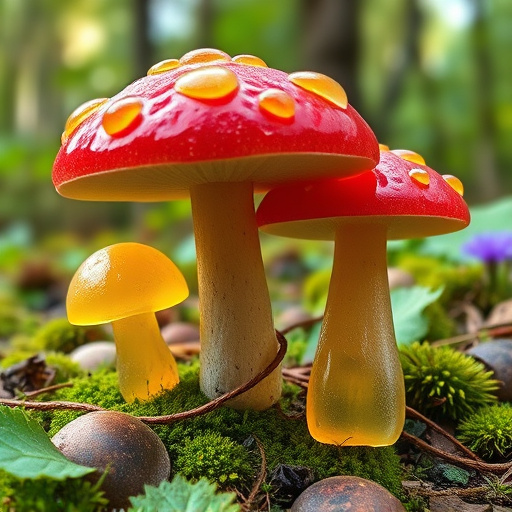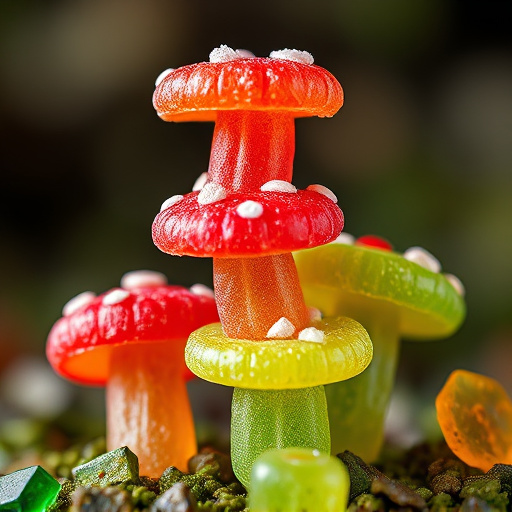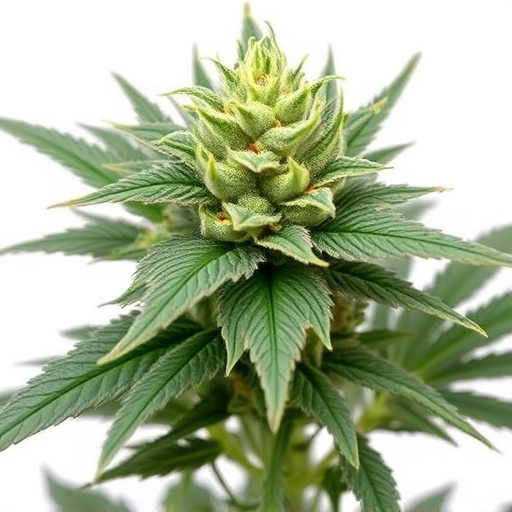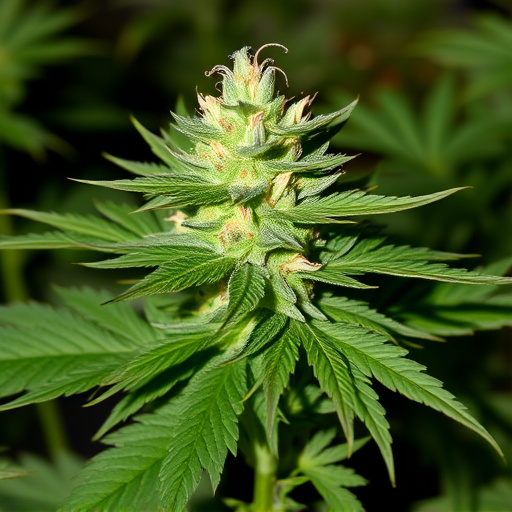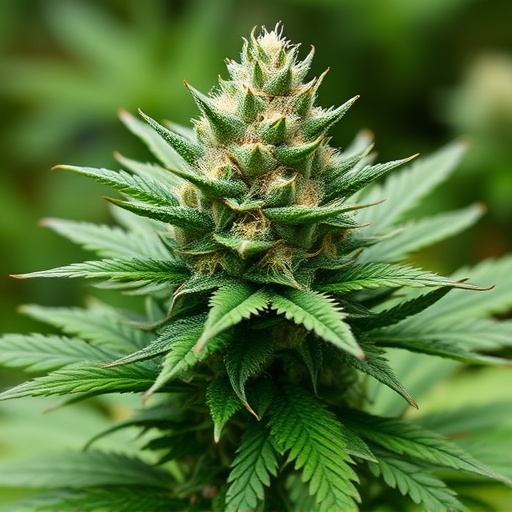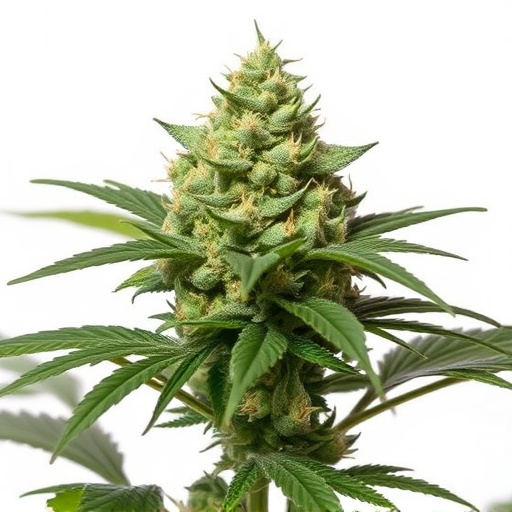The human endocannabinoid system (ECS) uniquely interacts with cannabis, resulting in highly variable effects across individuals based on genetics, previous experience, dosage, consumption method, tolerance, and body mass index (BMI). Even among the top 10 strongest cannabis strains known for high THC content, responses differ significantly due to ECS variability. Cannabinoids like THC and CBD, along with terpenes, contribute to diverse user experiences ranging from relaxation to increased energy. While these strains may have high THC levels, individual reactions are influenced by complex biochemistry, making each cannabis experience unique.
Discover why weed impacts everyone differently. Cannabis isn’t one-size-fits-all—its effects vary greatly from person to person. In this guide, we explore the science behind cannabis, delving into how cannabinoids, terpenes, and individual biochemistry create unique experiences. We also uncover the top 10 strongest cannabis strains and their impacts, along with tips for personalizing your experience through strain selection, micro-dosing, and environmental factors. Learn to navigate this complex landscape responsibly.
- The Science Behind Cannabis and Individual Variation
- – Exploring the complex interplay between cannabinoids, terpenes, and individual biochemistry.
- – How genetics, body mass, metabolism, and tolerance influence cannabis effects.
The Science Behind Cannabis and Individual Variation
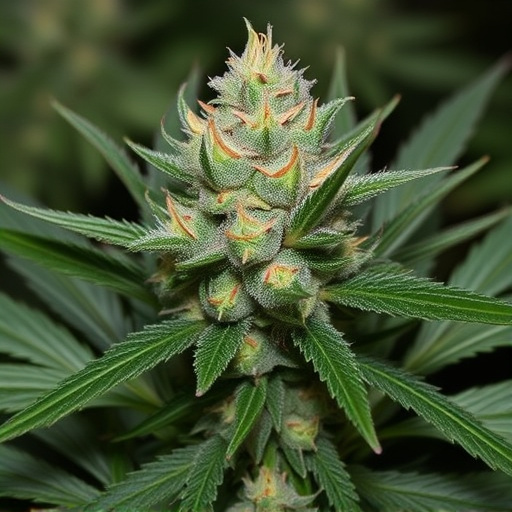
Cannabis, with its complex chemistry, interacts with each individual’s unique endocannabinoid system (ECS), leading to diverse effects. The ECS is responsible for maintaining homeostasis—the body’s internal balance—and regulates various processes like mood, memory, appetite, and pain perception. This intricate system consists of endocannabinoids (natural compounds produced by the body), receptors (lock-like sites on cells that bind with endocannabinoids), and enzymes that create and break down these compounds.
The way cannabis affects people varies based on several factors, including genetics, previous experience, dosage, method of consumption, and individual tolerance. For instance, some individuals might find themselves relaxed and creative after consuming cannabis, while others may experience heightened anxiety or a more sedative effect. The top 10 strongest cannabis strains, known for their high THC (tetrahydrocannabinol) content, can significantly impact users differently due to this variability in the ECS’s response, making each person’s experience with cannabis truly one-of-a-kind.
– Exploring the complex interplay between cannabinoids, terpenes, and individual biochemistry.
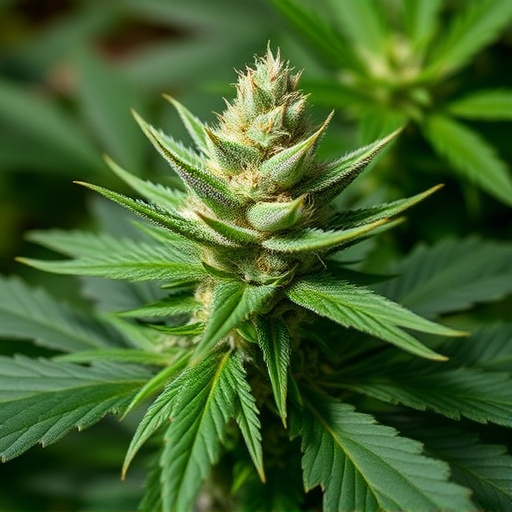
The way cannabis affects individuals can vary wildly, and a significant reason for this is the complex interplay between cannabinoids, terpenes, and each person’s unique biochemistry. Cannabinoids like THC and CBD interact with our endocannabinoid system, which plays a role in regulating mood, memory, appetite, and pain perception. However, the effects are not solely determined by these compounds. Terpenes, aromatic compounds found in cannabis, also contribute to the plant’s distinct qualities, offering potential therapeutic benefits and influencing the overall experience.
The interaction between cannabinoids and terpenes can lead to a myriad of effects, from relaxation and euphoria to increased energy and focus. For instance, strains known for their high THC content, which might be considered potent by some, can produce vastly different experiences depending on the presence and ratios of specific terpenes. Exploring the top 10 strongest cannabis strains, one often finds not only high THC levels but also unique terpene profiles that play a crucial role in shaping how each strain affects users differently.
– How genetics, body mass, metabolism, and tolerance influence cannabis effects.
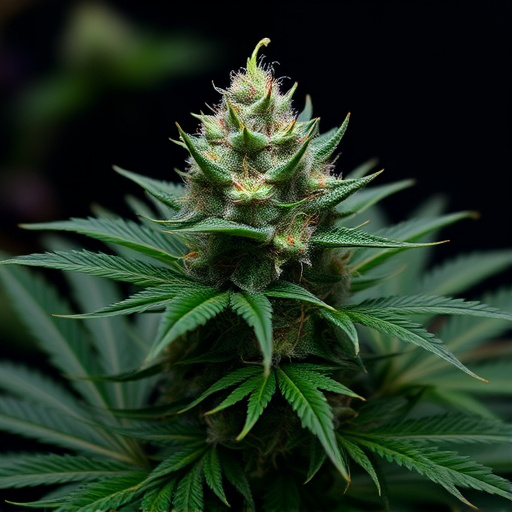
Cannabis users often experience varying effects, even when consuming the same strain, due to a complex interplay of individual factors. Genetics play a significant role in determining how one’s body responds to cannabis. For instance, certain genetic predispositions can make individuals more sensitive to THC (tetrahydrocannabinol), leading to intensified psychoactive experiences. On the other hand, some people may have a higher tolerance due to their genetics, which could result in less noticeable effects from the same strain.
Body mass index (BMI) is another crucial consideration. Generally, individuals with lower BMIs may experience more pronounced effects of cannabis, while those with higher BMIs might feel milder impacts. Metabolism also contributes to this variation; faster metabolizing individuals may clear THC more quickly, potentially leading to shorter-lasting but more intense effects. This is why some users seek out the top 10 strongest cannabis strains for their potent effects, though it’s important to remember that strength alone doesn’t dictate how everyone will react.
Cannabis’ impact on individuals is a fascinating interplay of science and personal chemistry. Understanding this complexity is key to navigating the diverse effects of not just any strain, but even the top 10 strongest cannabis strains. Factors like genetics, body mass, metabolism, and tolerance play a role in how each person experiences cannabis, making it a unique journey for everyone. By recognizing these variations, we can appreciate the individual nature of cannabis’ impact and make informed choices to optimize our experiences.
